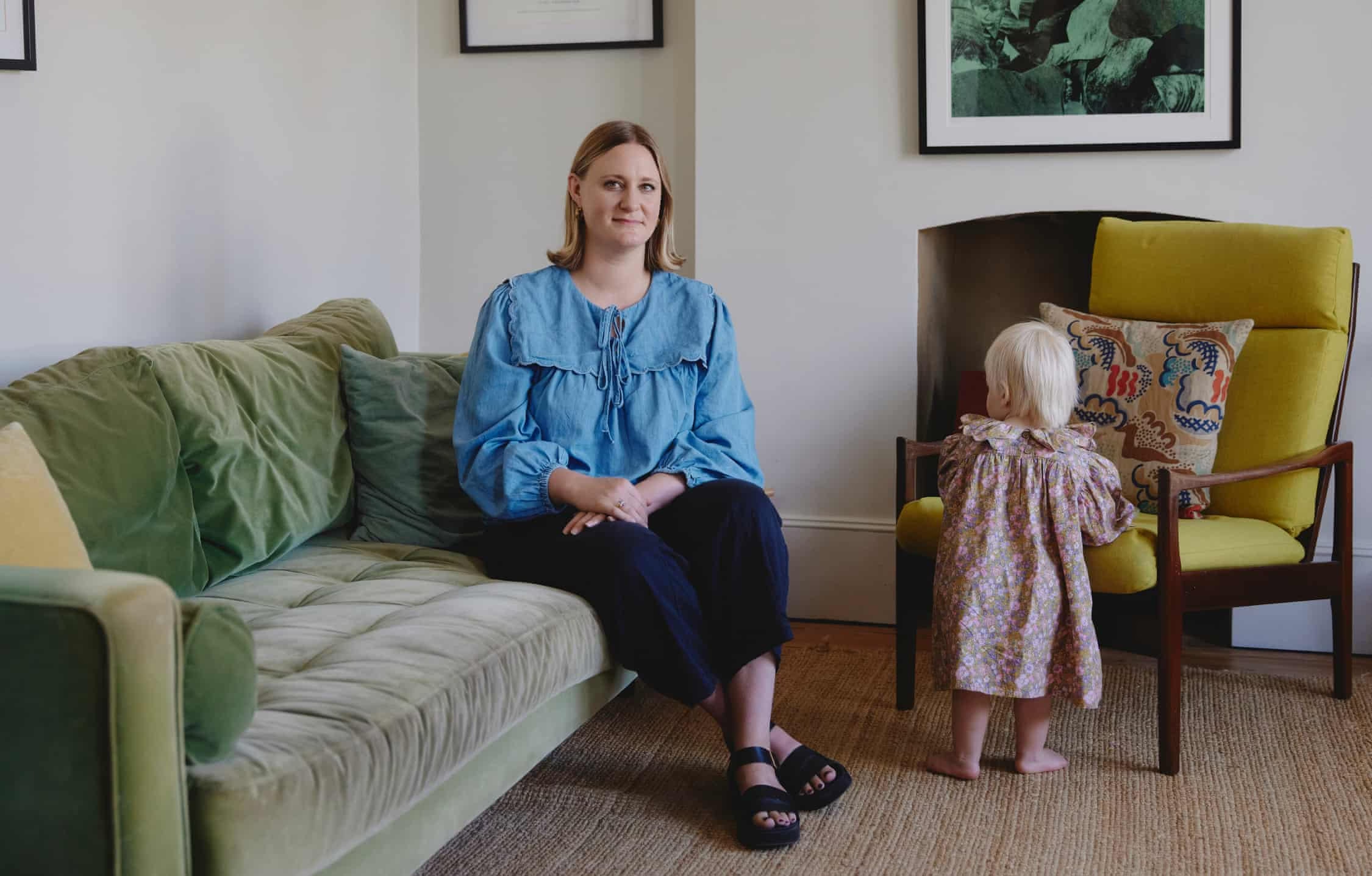It was earlier this year when I first began to notice something unusual with my vision. I had just finished a big project as a food stylist, balancing work with life as a mother of two, when the flashing lights appeared. At first, I thought it was a migraine, something I occasionally experienced as a teenager. But when the symptoms didn’t fade, I began to worry. After multiple visits to A&E and consultations with specialists, I finally received a diagnosis: Visual Snow Syndrome.
This rare condition, which affects about 2% of the UK population, has completely changed how I experience the world. Though little is known about it, sharing my journey has helped me come to terms with it, while raising awareness about a disorder most people — even doctors — have never heard of.
The First Signs of Visual Snow Syndrome
The symptoms began with flashing lights in my vision, but quickly developed into something much more overwhelming. Everyday surroundings looked distorted, as though I was seeing through static or grain. Bright light made everything feel electric, while darker rooms caused me to feel off-balance.
These symptoms are characteristic of Visual Snow Syndrome, a neurological condition that disrupts the brain’s visual processing. Alongside visual disturbances, I began experiencing tremors, brain fog, and sleep disruption. Each day felt like a battle against overstimulation, leaving me exhausted both physically and emotionally.
Getting a Diagnosis of Visual Snow Syndrome
One of the hardest parts of my journey was not being believed. Several doctors reassured me it was “just migraines,” despite my insistence that this felt different. I worried constantly that people thought I was exaggerating or imagining things.
After weeks of waiting, I booked a private neurologist. Finally, in April, I was given a confirmed diagnosis of Visual Snow Syndrome. While validating, it was also devastating — there is currently no known cure and very little treatment available. Some doctors prescribe epilepsy medication, but outcomes vary, and I chose not to begin drug treatment without certainty it would help.
Living Day to Day with Visual Snow Syndrome
Adjusting my daily life has been one of the biggest challenges. Bright light is particularly difficult, so I often wear sunglasses indoors as well as outdoors. It feels strange, but without them, the symptoms worsen.
The condition affects my family life too. My young son has started to understand that he can’t throw open the blinds in the morning because “Mummy’s eyes might hurt.” Small moments like this break my heart, as I long to be fully present with my children, running and playing without restriction.
Social events can be overwhelming as well. At a friend’s hen party, the flashing lights in the venue made me burst into tears. I had to leave, realizing that even normal social interactions now carried risks.
The Emotional Toll of Visual Snow Syndrome
The most difficult aspect isn’t just the physical symptoms, but the uncertainty. Will it get worse? Will it ever fade? Because I “look fine” on the outside, few people truly understand what living with Visual Snow Syndrome feels like. That loneliness is isolating, even when surrounded by supportive family and friends.
According to the Visual Snow Initiative, tens of thousands of people worldwide struggle with the condition, but awareness remains limited. Many patients go undiagnosed for years, often dismissed as having migraines, stress, or anxiety. This lack of recognition contributes to feelings of doubt and isolation.
Finding Hope and Support
Despite the challenges, I’m determined to find ways to cope. I’m currently exploring clinical trials at St Thomas’s Hospital in London and considering joining online support groups through the Visual Snow Initiative in the US. These communities provide a sense of belonging, a reminder that I’m not alone in this battle.
Managing the condition involves reducing stress, prioritizing sleep, and limiting exposure to environments that trigger symptoms. While this doesn’t eliminate the problem, it helps make daily life more manageable.
Living with Visual Snow Syndrome is a daily challenge filled with uncertainty, but it has also taught me resilience. I’ve had to adapt, find coping mechanisms, and lean on the support of loved ones. What I want most is for more people to be aware of this condition, so that others don’t go through the same confusion and dismissal that I faced.
I continue to adjust, hope for medical breakthroughs, and focus on raising awareness. My journey with Visual Snow Syndrome isn’t easy, but by sharing it, I hope to shed light on an invisible disorder that deserves far more attention.



